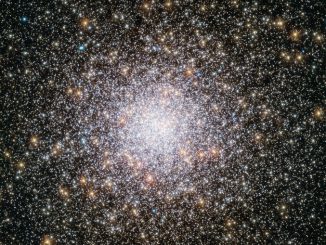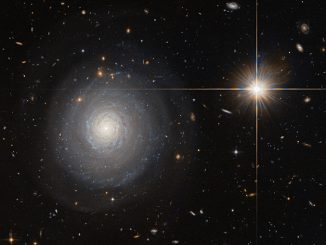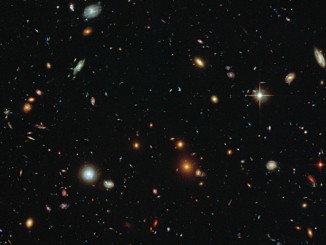
Hubble reveals NGC 362, a young globular cluster
Globular clusters offer some of the most spectacular sights in the night sky. These ornate spheres contain hundreds of thousands of stars, and reside in the outskirts of galaxies. The Milky Way contains over 150 such clusters — and the example shown in this NASA/ESA Hubble Space Telescope image, named NGC 362, is one of the most unusual ones.





